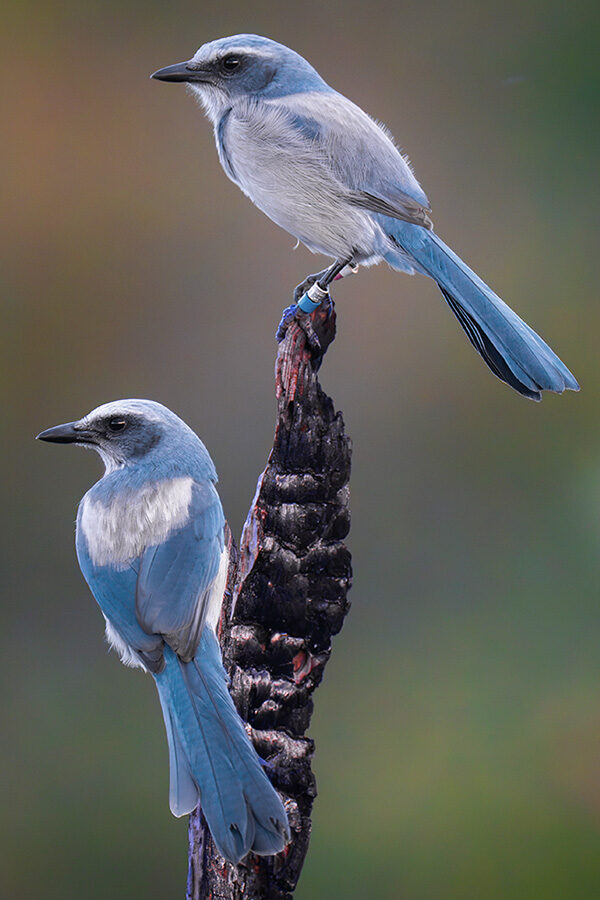Habitat
![]()
White Wagtails are birds of open habitats and often occur around people. During the breeding season, they frequently occur in parks, gardens, farmland, and other human settings, and along lakeshores, seashores, and river edges. In some parts of their range, White Wagtails nest on tundra, in deserts, and in mountain areas up to 5,000 meters (16,400 feet) high. During migration and the nonbreeding season, this wagtail uses irrigated fields, short grasslands, and sewage treatment plants in addition to the common habitats used during the breeding season.
Back to topFood
![]()
White Wagtails feed primarily on insects (both terrestrial and aquatic) and spiders, and they occasionally eat seeds and berries. Important prey items include flies, midges, dragonfly larvae, caterpillars, and beetles. White Wagtails pick at items while walking, make short running bursts to nab prey, jump in the air to catch insects, or make short flycatching flights.
Back to topNesting
Nest Placement
![]()
In a crevice or cavity in rock cliffs, riverbanks, roadside ditches, and abandoned buildings.
Nest Description
A rough cup of twigs, grass stems, leaves, rootlets and mosses, lined with hair, wool or feathers.
Nesting Facts
| Clutch Size: | 3-8 eggs |
| Number of Broods: | 1-3 broods |
| Incubation Period: | 10-16 days |
| Nestling Period: | 11-16 days |
| Egg Description: | Whitish or light green with heavy brown speckling. |
Behavior
![]()
White Wagtails frequently walk on the ground, bobbing their head and wagging their tail. The tail pumping is especially vigorous when birds land on the ground or after they make short running bursts in pursuit of insect prey. They fly with an undulating style, beating their wings rapidly a few times and then dropping on closed wings. Outside of the breeding season, White Wagtails often occur in small flocks, and on their nonbreeding grounds they gather in large roosts, sometimes including thousands of birds.
White Wagtails are socially monogamous, with most pairs staying together for an entire breeding season. Some pairs renew their bond during subsequent breeding seasons. Both sexes build the nest, incubate the eggs, and feed the young. Chicks fledge after 13–14 days, and continue to be fed by the adults for another 14–18 days.
Back to topConservation
![]()
The International Union for Conservation of Nature lists White Wagtail’s conservation status as Least Concern. This species has an extremely large population size (estimated as 135–221 million mature individuals) a very large range, and a stable population trend.
Back to topCredits
Alström P, Mild K, Zetterström B 2003 Pipits and wagtails of Europe, Asia and North America. Christopher Helm, London
Badyaev, A. V., D. D. Gibson, B. Kessel, P. Pyle, and M. A. Patten (2020). White Wagtail (Motacilla alba), version 1.0. In Birds of the World (S. M. Billerman, Editor). Cornell Lab of Ornithology, Ithaca, NY, USA. https://doi.org/10.2173/bow.whiwag.01
BirdLife International. 2019. Motacilla alba. The IUCN Red List of Threatened Species 2019: e.T22718348A137417893. https://dx.doi.org/10.2305/IUCN.UK.2019-3.RLTS.T22718348A137417893.en.
Brazil, M. (2009). Field Guide to the Birds of East Asia: Eastern China, Taiwan, Korea, Japan and Eastern Russia. Christopher Helm, London, UK.
Dunne, P. (2006). Pete Dunne’s essential field guide companion. Houghton Mifflin Harcourt, New York, USA.
Jonsson, L. (1992). Birds of Europe with North Africa and the Middle East. Christopher Helm, London, United Kingdom.
Sibley, D. A. (2014). The Sibley Guide to Birds, second edition. Alfred A. Knopf, New York, NY, USA.
Svensson, L., K. Mullarney, and D. Zetterström (2009). Collins Bird Guide. Second edition. HarperCollins, London, UK.


